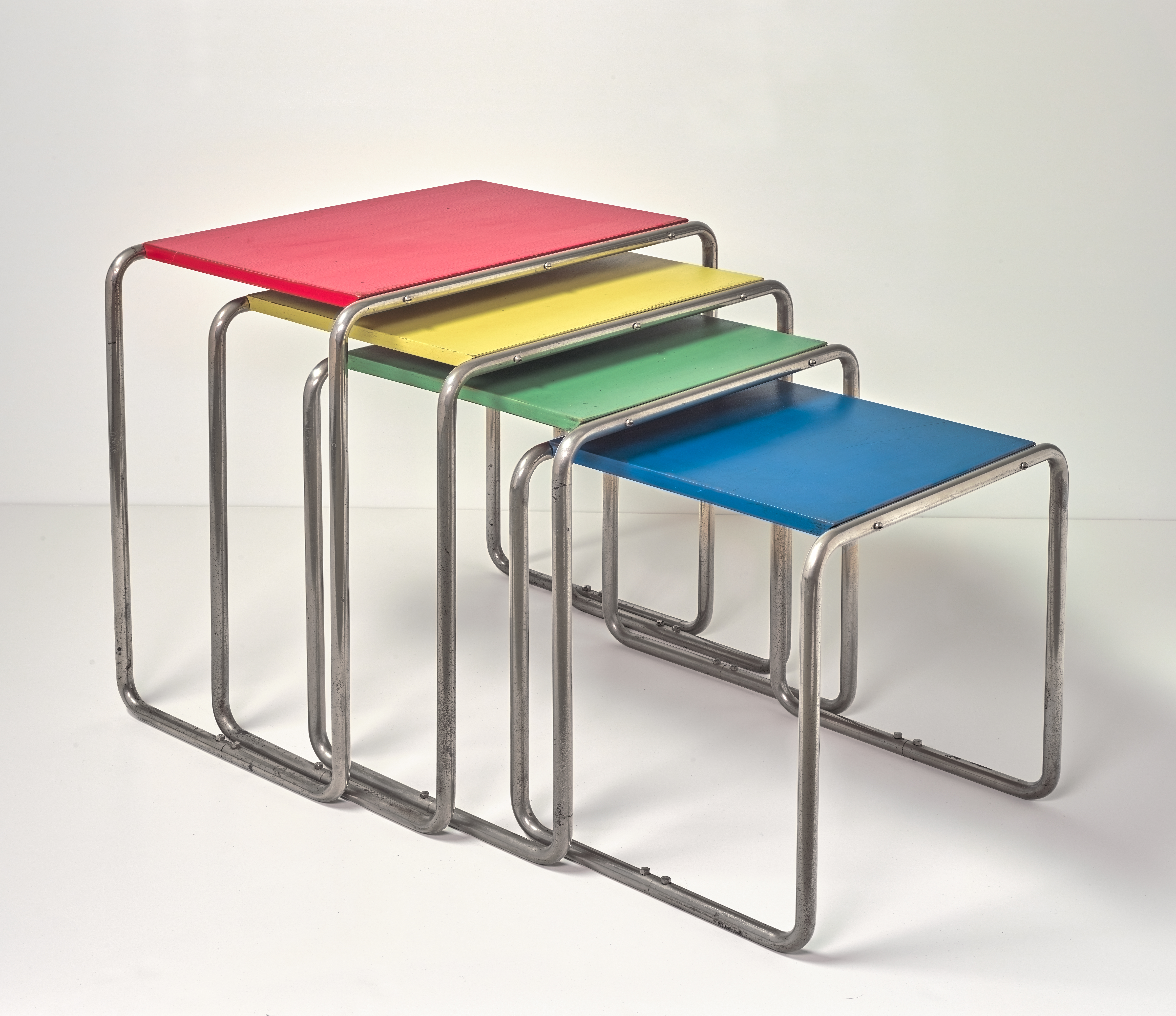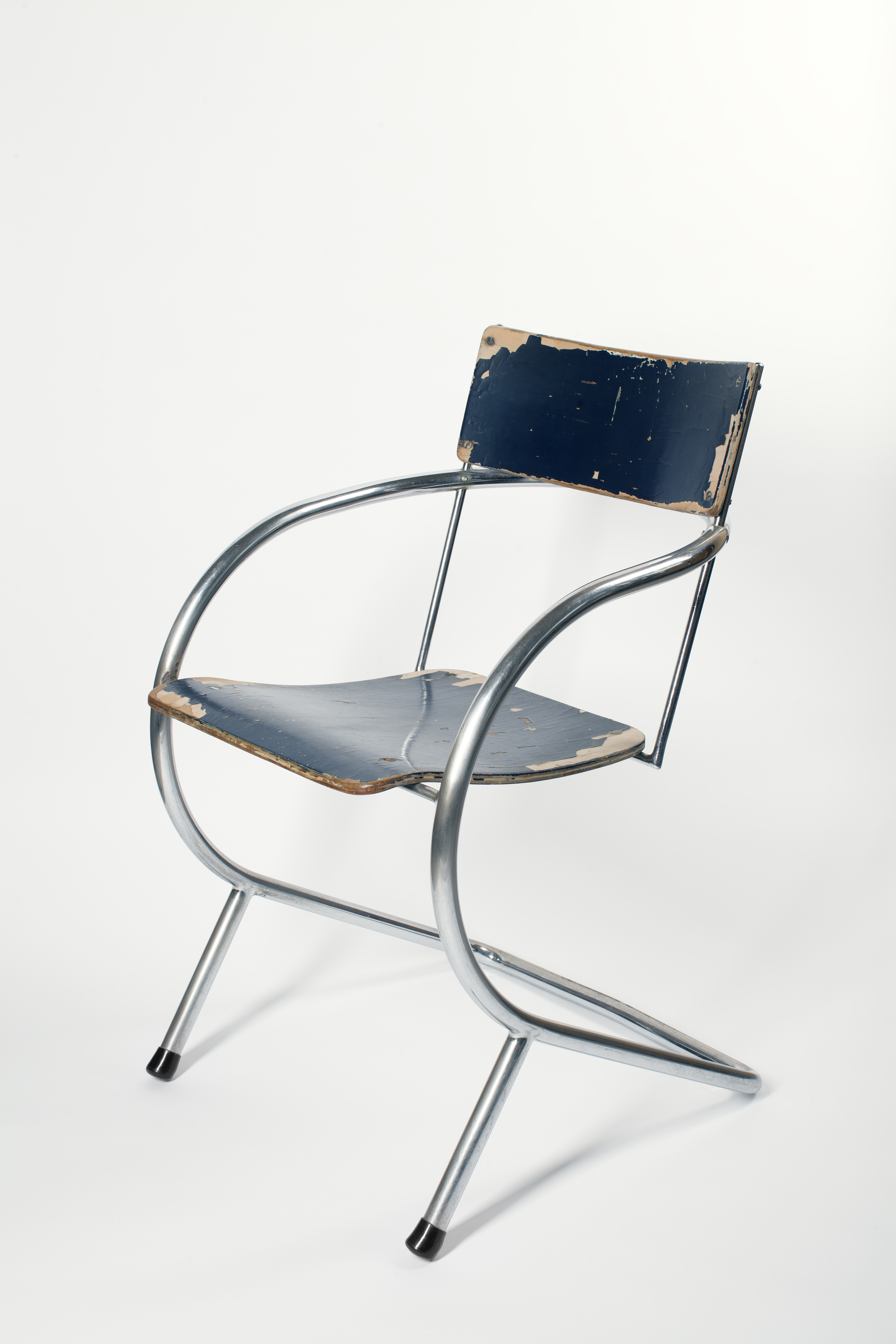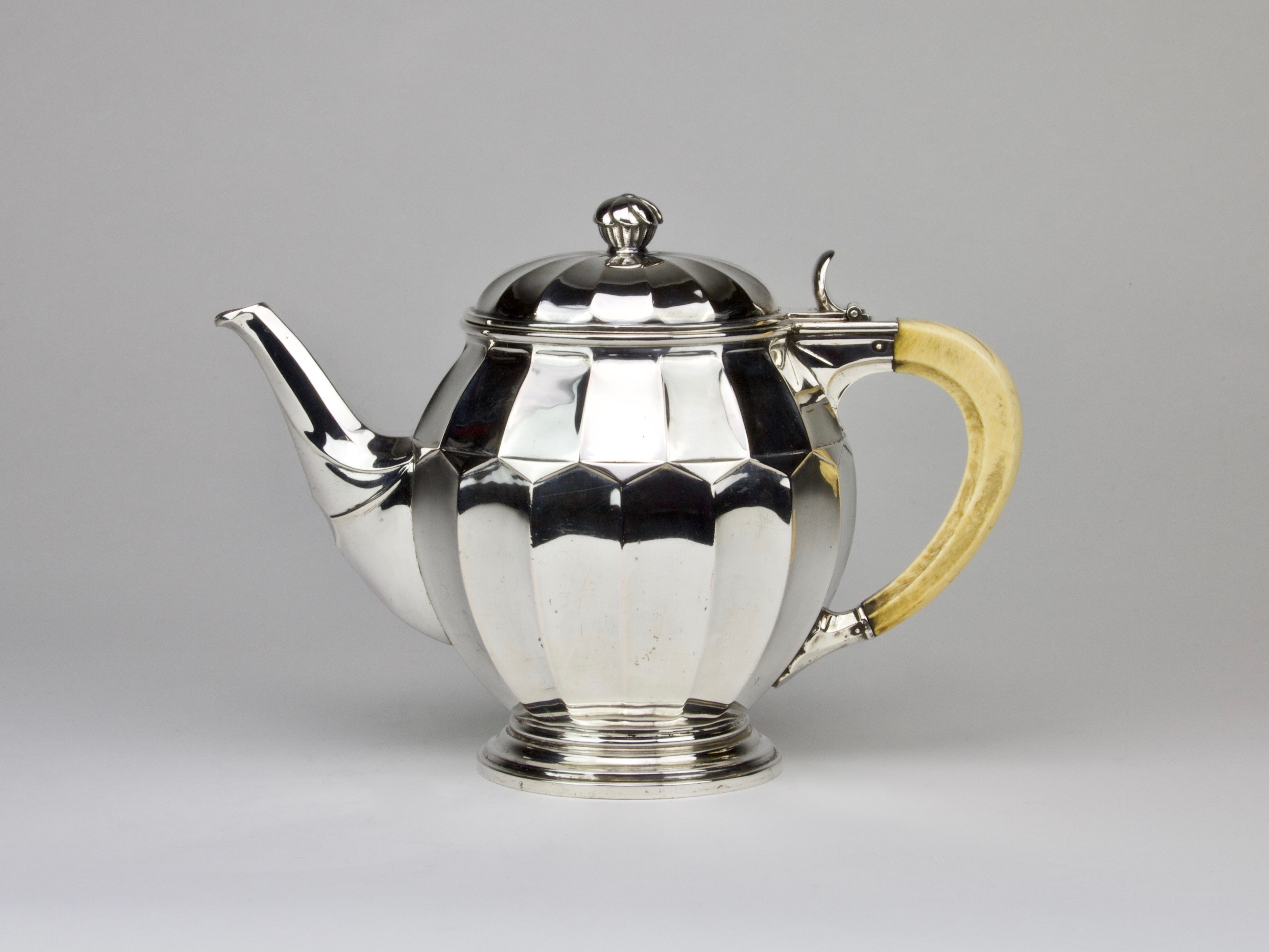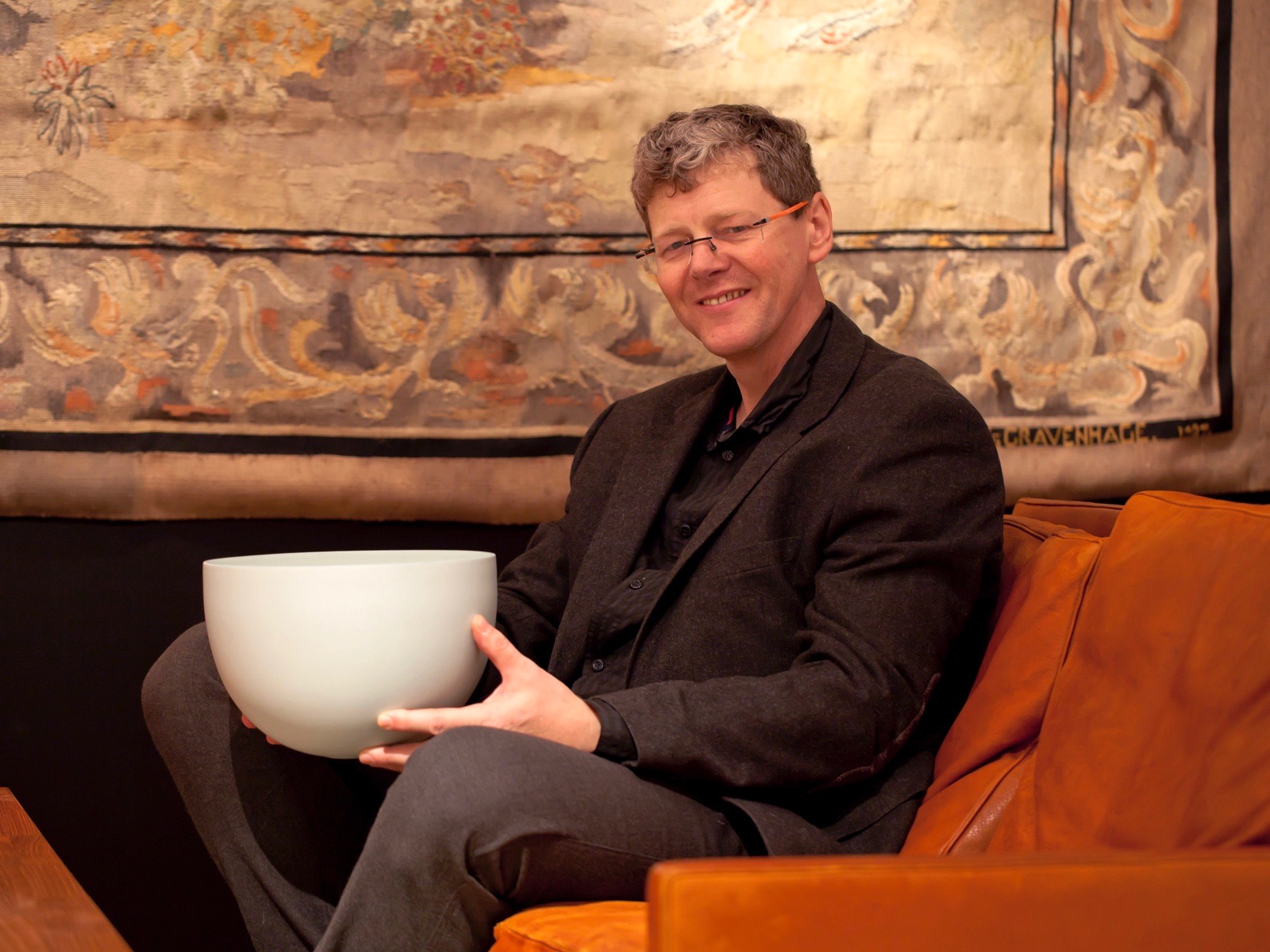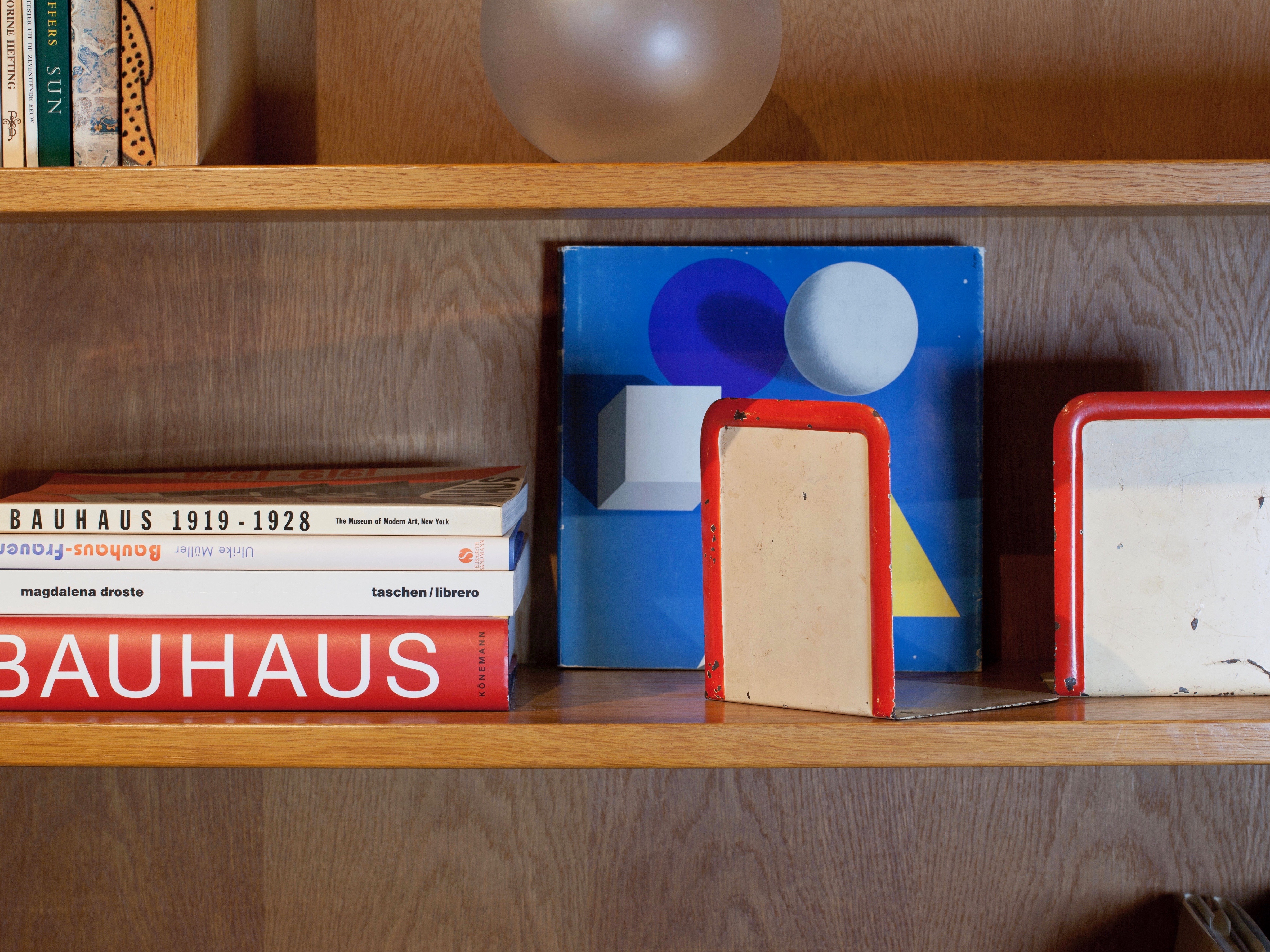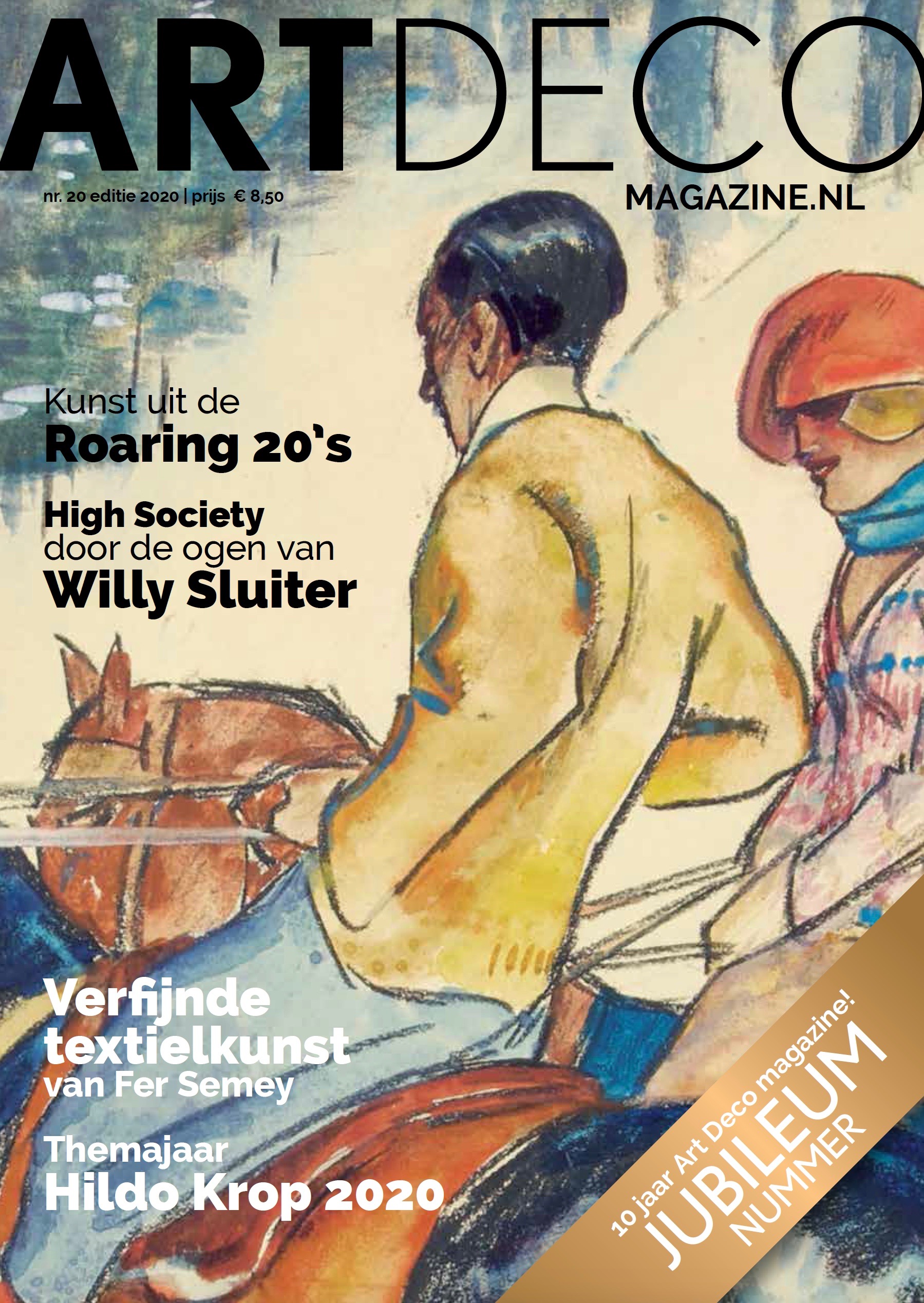Bauhaus: A network of pioneers
Bauhaus expert Mienke Simon Thomas is looking forward to the 9th of February 2019. Then, a museum masterpiece to which years of research preceded will open. With an innovative exhibition concept, Museum Boijmans Van Beuningen makes the inspiring relationship between the German Bauhaus and Dutch artists tangible. Full of fire the curator tells us about the exhibition where she put her heart and soul into.
The Bauhaus has been a leader in the design history of the 20th century. In the exhibition Mienke Simon Thomas not only wants to show how Bauhaus principles trickled through to the Netherlands, but also how Dutch artists and designers have made a considerable contribution to the ideology of this design school. For her research, which has brought new facts to light, international recognition exists.
Walter Gropius as a PR strategist
In a preview of the exhibition, she first explains how it was possible for a relatively small institution to have such an enormous impact. After its establishment in 1919, the innovative ideology of the Bauhaus spread rapidly through the Western world in the 1920s. Simon Thomas explains how this was partly due to founder Walter Gropius. 'He put the Bauhaus on the map via an exceptionally modern PR strategy. Thanks to a large amount of publicity and campaigns, the Bauhaus doctrine found its way to other artists and future students, but also to potential buyers in the United States. The Bauhaus was, after all, a production house at the same time.’ The Bauhaus was everywhere and that was exactly Gropius' intention.
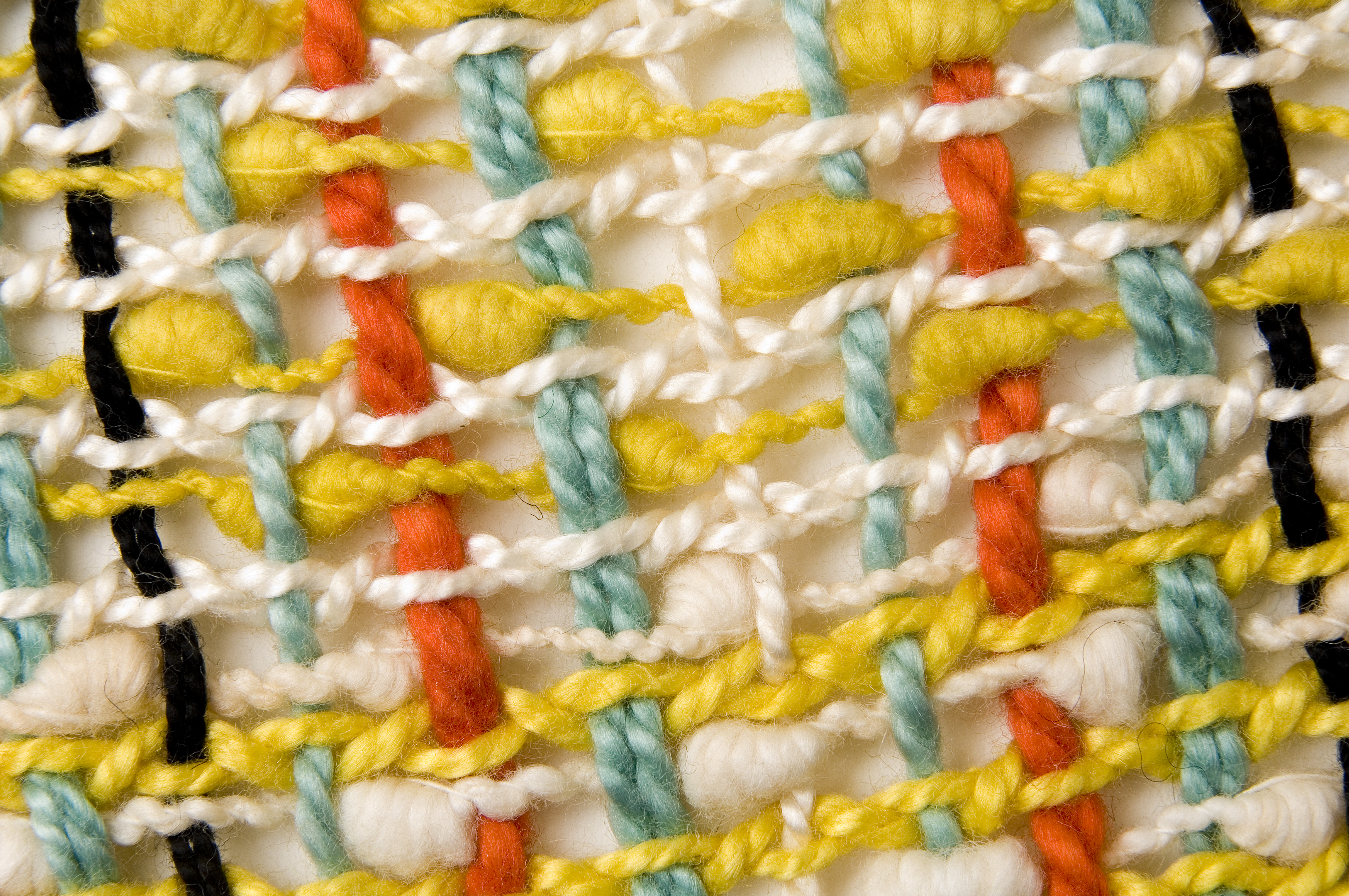
Bauhäusler to the Netherlands
Well-known Dutch architects who were already associated with the Bauhaus at an early stage are J.J.P Oud and Mart Stam. Both have been of great significance for the modernist ‘Nieuwe Bouwen’ (‘New way of Building’) in Rotterdam (Kiefhoek, Van Nelle Fabriek). The exhibition shows how the influence of the Bauhaus in the Netherlands increases further from 1933, the year in which the design school was closed by the Nazis. Bauhäusler moved to the Netherlands and became involved in Dutch art and design education, set up workshops and designed for major players in the Dutch furniture industry such as De Ploeg and Gispen. The functionalist Bauhaus philosophy has since become rooted in Dutch design education. For example, Mart Stam, as director of the Institute for Applied Arts Education in Amsterdam (the later Rietveld Academie), passed on the Bauhaus principles to a second generation, of which Friso Kramer is a well-known representative.
Nodes
At the exhibition, Mienke Simon Thomas aims to allow visitors to experience the relationship between the Netherlands and the Bauhaus. In the exhibition space you walk past 27 'nodes' of the network within which the Bauhaus principles were spread, ranging from places where artists met to media in which they read about each other and places where progressive customers could buy their work. For example, the first Bauhaus exhibition in 1923, the Metz & Co Company in Amsterdam and the Deutsche Werkbund. In an app you can see for each artist to which ‘nodes’ they went. Of course, an overview of iconic Bauhaus designs will not be missing. But it is precisely the lesser-known products and the influence back and forth between Germany and the Netherlands that will provide new insights, she predicts.

Lattenstuhl
It is the recently acquired Lattenstuhl by Marcel Breuer that makes the Dutch contribution to the Bauhaus the most tangible, thinks Simon Thomas. 'The biggest Dutch influence on the Bauhaus was the De Stijl magazine, which was well read by teachers and students at the Bauhaus. The chair shows that Breuer looked at the furniture experiments of well-known member Gerrit Rietveld with admiration, who designed similar chairs,' she says. The design school also had close contacts with De Stijl members Theo van Doesburg and the aforementioned J.J.P. Oud. Of the fourteen Bauhaus books published since 1924, no less than three were devoted to Dutch De Stijl artists.
Lamps
Simon Thomas reveals an interesting fact about a Gispen lamp from 1927: 'Gispen had the opportunity to show this lamp at the Die Wohnung exhibition in the same year. The revolutionary hanging lamp consists of a glass disk with a glass ball underneath. This model of the Rotterdam factory is the spitting image of a simultaneously emerging model of Bauhaus student Naum Slutzky. We do not know who exactly came first with this idea. Perhaps they presented it at the same time, but the Bauhaus was certainly not earlier,’ says Simon Thomas. Bauhäusler could get acquainted with the lamps of Gispen through the magazine i10 Internationale Revue, but the other way around is not known how Gispen could have seen the lamps of Bauhaus students.
Revolutionary
Although the program did not count more than 1250 students in total, the Bauhaus is still known and loved around the world a hundred years later. That was not just because of Walter Gropius' pr-machine, Simon Thomas explains: ‘The Bauhaus ideology was simply revolutionary. Where shaping in the nineteenth century consisted of applying new ornaments to existing designs, the Bauhaus went back to the basics: what is the purpose of a chair, what is the size of the human body, how does a person actually sit in a chair? The concept of the tubular chair was a revolution in furniture design. Instead of continuing on to what already existed, a completely new idea of a chair was invented.’ The exhibition will show a few special examples. Including that of Mart Stam - in 1926 the inventor of the cantilever chair - and of contemporary Paul Schuitema, designer and co-owner of furniture factory d3. His armchair no. 55 has the distinctive cantilever construction of tubular steel and is has a brown textile upholstery. The cantilever chair no. 32 designed by Schuitema is currently on show at Kunstconsult. As a teacher at the Academy of Visual Arts in The Hague, Schuitema was an enthusiastic distributor of the Bauhaus principles.
Letting go of established ideas
As a visitor of the exhibition, you will be swept up in the educational ideology of the German design school from the first space you enter. Simon Thomas tells how she wants to let the visitors experience a Vorkurs - just like new students at the time, in which established ideas about design are 'erased'. ‘By starting with a fresh perspective, you will experience the revolutionary character of the Bauhaus even better.’ Through assignments forms, materials and techniques are reconsidered. Back then, the most famous parts of this Vorkurs were devised by artist Josef Albers, who also designed one of the highlights of the exhibition. Mienke Simon Thomas: 'It is an already existing tea glass with saucer, to which Albers has added revolutionary handles. This small but rare and extremely precious piece embodies the social ideals of the Bauhaus in all its simplicity.
THE NETHERLANDS ⇄ BAUHAUS - Pioneers of a new world, Museum Boijmans van Beuningen, Rotterdam, 9 February to 26 May 2019, www.boijmans.nl
Text: Zaida Bouwmeester en Belinda Visser
Photos: Museum Boijmans van Beuningen and Kunstconsult, 20th century art | objects.
Main photo: Marcel Breuer, four side tables, c.1926, nickel-plated metal, painted wood, 60 x 65 x 40 cm (largest). Private Collection, Germany.
First photo: Kitty van der Mijll Dekker, Bauhaus Diploma Piece: multi-coloured woven fabric for cotton bedspread (detail), 1932, hand-woven cotton. TextielMuseum, Tilburg. Second photo: Marcel Breuer, ti 1a armchair, 1923, wood, textile, 94.9 x 56 x 57.5 cm, made in the furniture workshop at the Bauhaus in Weimar. Museum Boijmans Van Beuningen, Rotterdam. Photo: Tom Haartsen.
© Kunstconsult – 20th century art | objects
Reproduction and distribution of this text is only allowed with correct reference.
